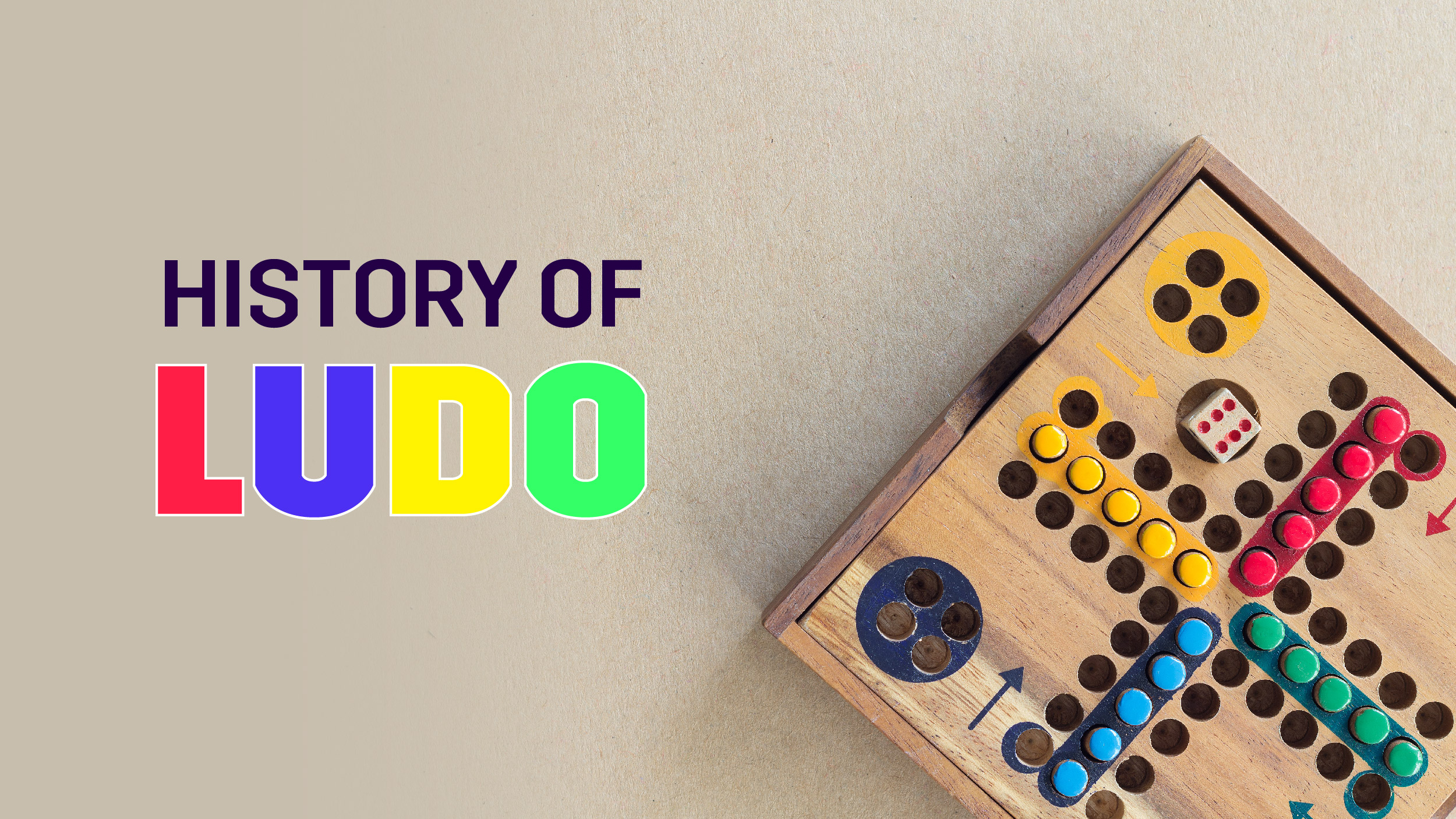Introduction to Ludo Board Game
Ludo is an excellent strategy board game playable between two to four players. In Ludo, players race their four tokens from beginning to end based on the rolls of a single die. Similar to other cross and circle games, Ludo borrows heavily from the Indian game Pachisi. The game, along with its variants, is trendy in multiple countries and under various titles.
The special areas of the Ludo game board come in four colors – bright yellow, red, blue, and green. Each player gets assigned a color and four tokens in their respective color. The original ludo board is typically square with a cross-shaped playspace, with each arm having three columns of squares – six in each column. The middle columns have five colored squares, indicating a player’s home column. A sixth colored square that’s not on the home column is any player’s starting square. Occupying the center of the board is a large finishing square comprising colored triangles on top of the players’ home columns (thereby indicating “arrows” pointing towards the finish).
To bring a token into play from the player’s yard to its starting square, a player must roll a six. If a player manages to throw two successive sixes, he gets a third throw. Before playing Ludo, it is essential to learn a little about its history and get a better context of this exciting strategy game.
Who invented Ludo?
The Origins
Pachisi, one of the cross and circle board games, was created in India during the sixth century CE. All the initial evidence regarding the game’s evolution in the country lies in depicting boards on the Ellora caves. The original version is also indicated in Mahabharata – the Indian epic penned by Vyasa – where Shakuni employs cursed dice to defeat the Pandavas. It was also known by the name “Chaupar” in those times – a game still played in parts of India.
Back then, the woven cross-shaped cloth was used in the traditional version of Pachisi. Players threw cowrie shells instead of the modern dice to show how many squares to move. The winning space in the center where a player needs to reach was called “Charkoni.”
Historians used several names to denote Ludo such as “Chausar,” “Chopad,” or “Pachisi.” Eventually, the game became popular worldwide and turned out in different variations. For instance, the Chinese call it “Chatush pada” (meaning four cloth), while the Spanish variant of the game goes by “Parcheesi.” In Africa, it is called “Ludu.”
Expansion During the Mughal Rule
Among all the games that existed during the time, it’s said that Mughal Emperor Akbar was particularly fond of Chaupar and played it on courts of white and red marble squares representing a Pachisi board. He used his servants or several beautiful women as the game’s pieces. He would sit on his throne, throwing a few cowrie shells to determine the number of squares the playing pieces would subsequently move. A few of these life-sized boards used in the game eventually make for heritage spots today. Akbar’s palaces in Fatehpur Sikri and Agra were almost dedicated to the game, with the floors portraying the game board.
Technological Revolution and The Way Forward
During the year 1891, Alfred Collier – a Britisher by nationality – brought some modifications to the game of Pachisi by adding a dice cup to it. He later patented it for the United Kingdom, renaming it The Royal Ludo. The game grew massively in popularity, becoming the favorite of millions across the globe, and adapted into the version we know today. The British Royal Navy converted Ludo into a board game known as “Uckers.”
While the game continued to be played in its physical version, the advent of technology, lightning-fast internet speeds, and the evolution of smart devices made it playable on the go. Ludo now comes in the form of various apps, the most well-known one being Gametion Technologies’ Ludo King. Their top markets include the Indian subcontinent (i.e., India, Pakistan, Bangladesh), Tunisia, Egypt, and the USA. Although Ludo apps have been in existence for some years now, the recent COVID-19 pandemic and its subsequent lockdowns majorly to the tremendous spike in active users playing Ludo. It even pushed gaming giants such as PUBG and Candy Crush Saga aside when it came to active users and downloads.
The Rise of Ludo on Mobile Platforms
When smartphones took over, it became easier for Ludo enthusiasts to play the game without needing to procure its infrastructure. All anyone had to do was head to the iOS App Store or Google Play Store, download one of the decently rated Ludo apps, and start playing immediately.
The first online version of Ludo was ‘Ludo Classic,’ after which ‘Ludo Neo-Classic’ arrived. These games offer a detailed and realistic replica of the conventional Ludo game, with four tokens for each player placed on the board. However, the recent versions took online Ludo to greater heights. The newer additions took the internet by storm with their distinctive, vibrant, and additive interfaces and gameplay mechanics besides inducing a feeling of nostalgia in contemporary times.
A year after Ludo King’s launch, it witnessed 120 million downloads in just the Indian subcontinent with ten million daily active players and seventy million monthly players worldwide. After this game’s crazy success, multiple Ludo apps such as “Ludo STAR” popped up incessantly and had fans going nuts over this game. In 2022, you’ll be lucky enough to play this game on the critically acclaimed MPL Pro App, where you can compete in battles and tournaments to win cash rewards. Trust us when we say you’ll love this version!


